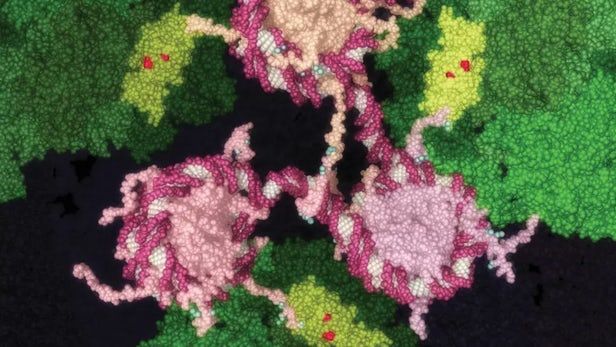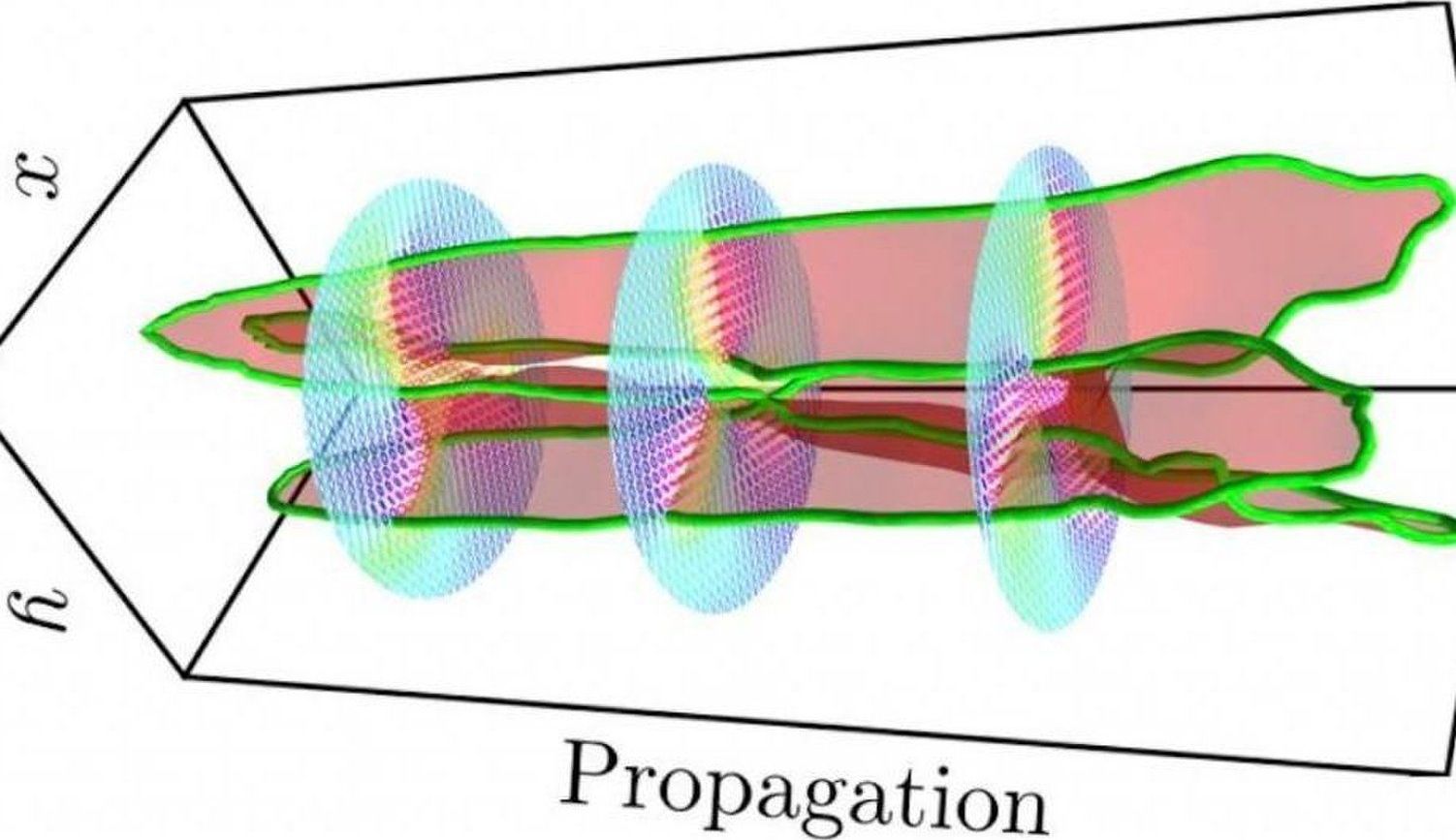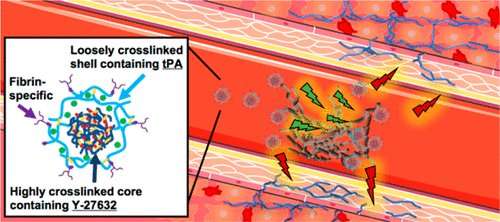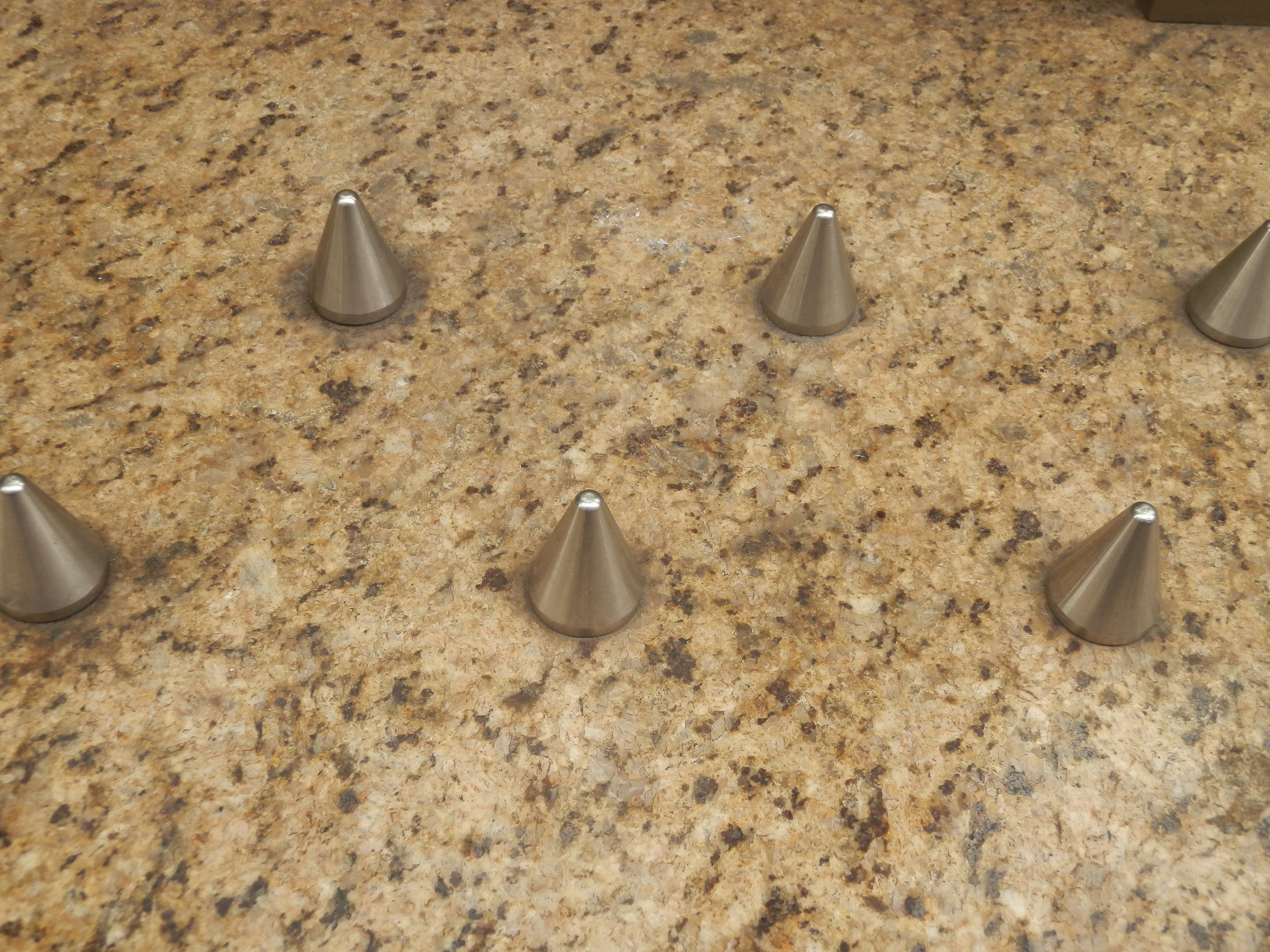The plastic bag ban by the major supermarkets (and Coles’ pivot away from its ban after backlash, then pivot back to the ban after a backlash to the backlash) has left plenty of people scratching their heads.
What are the best replacements for single-use plastic bags? Given that reusable bags are much sturdier, how many times must we use them to compensate for their larger environmental impact?
The simple answer is that there is no simple answer. However, a kind of research called “life cycle assessment” can help us work out the impact of common types of reusable bags.









